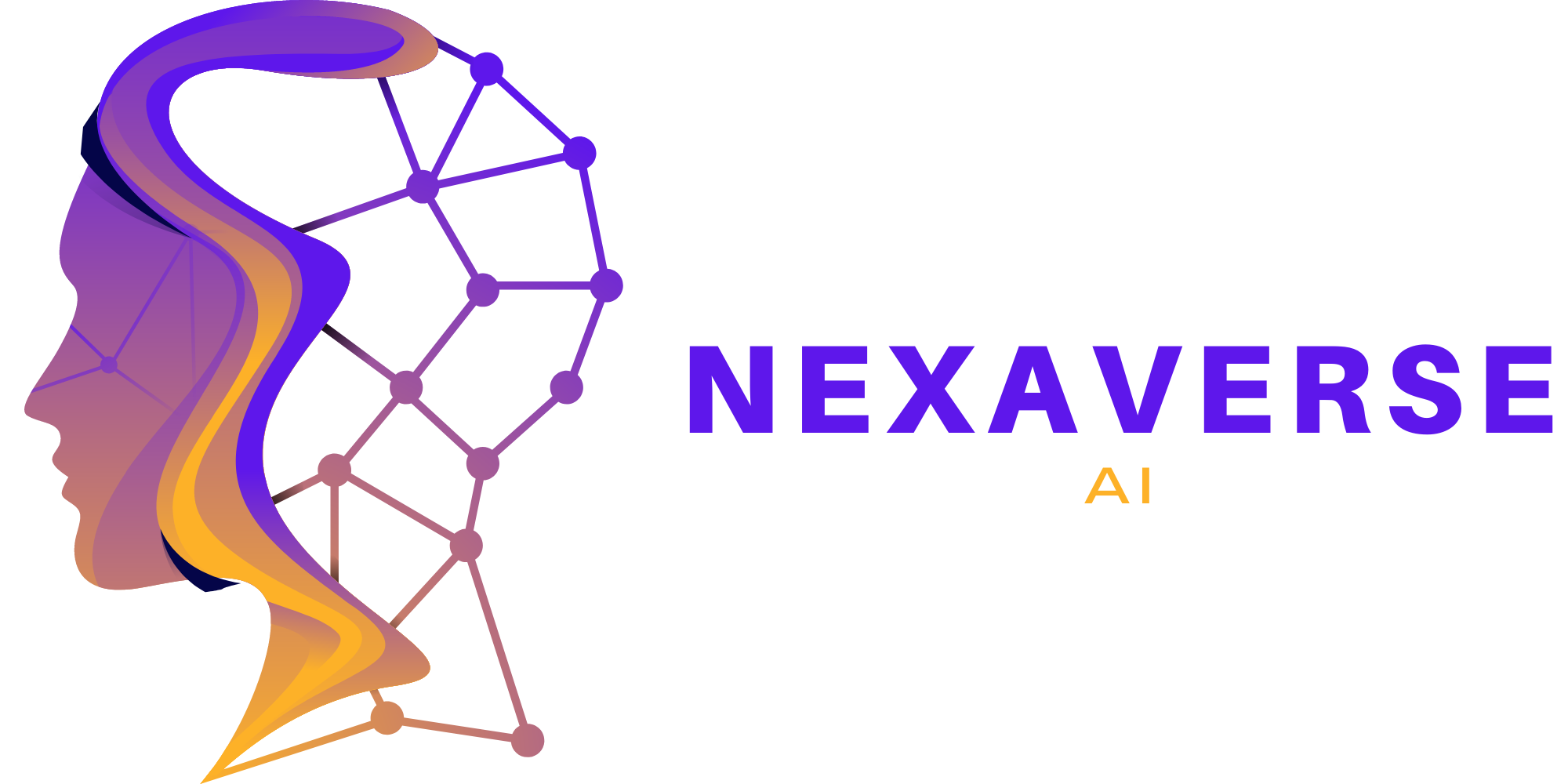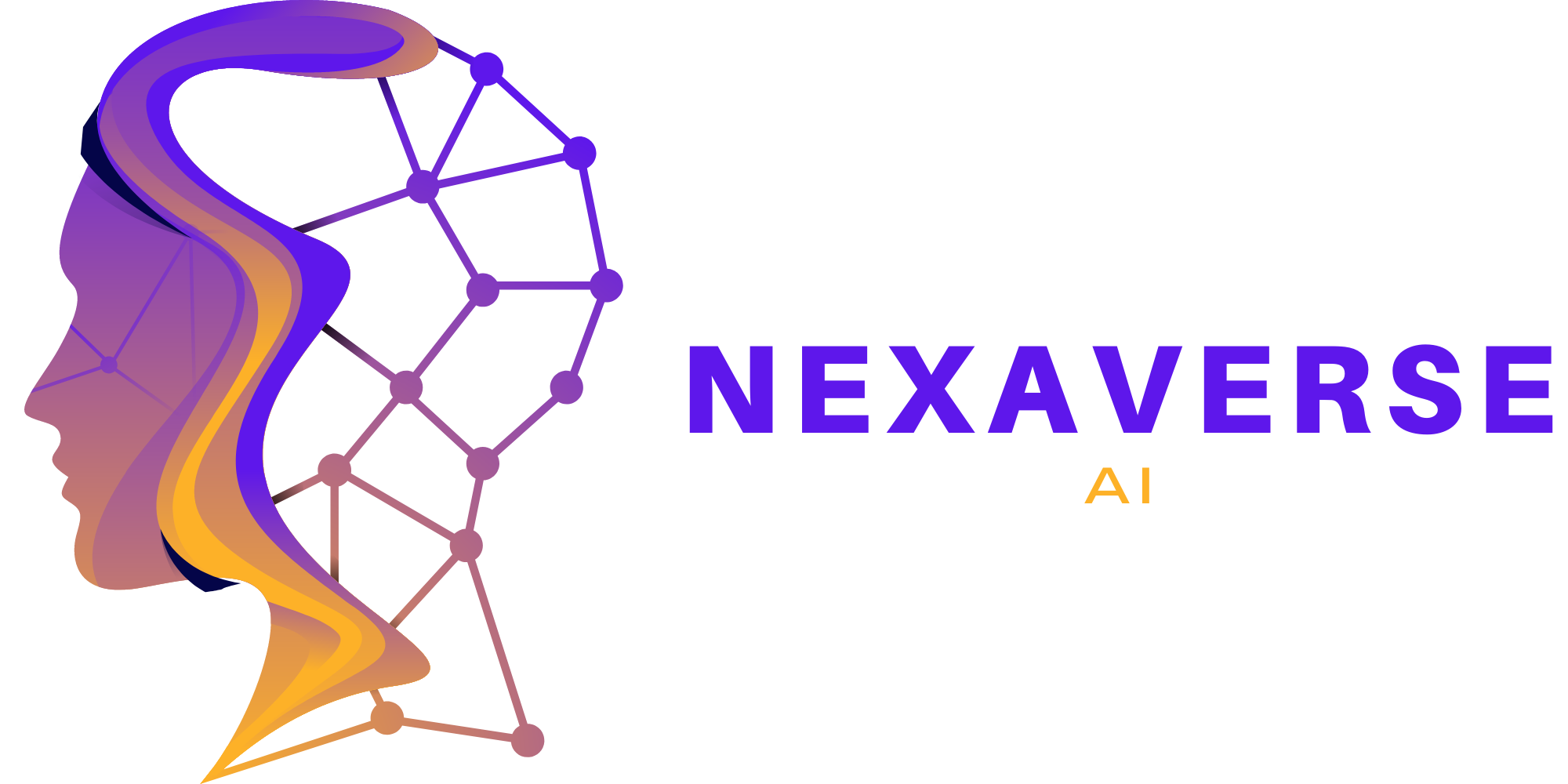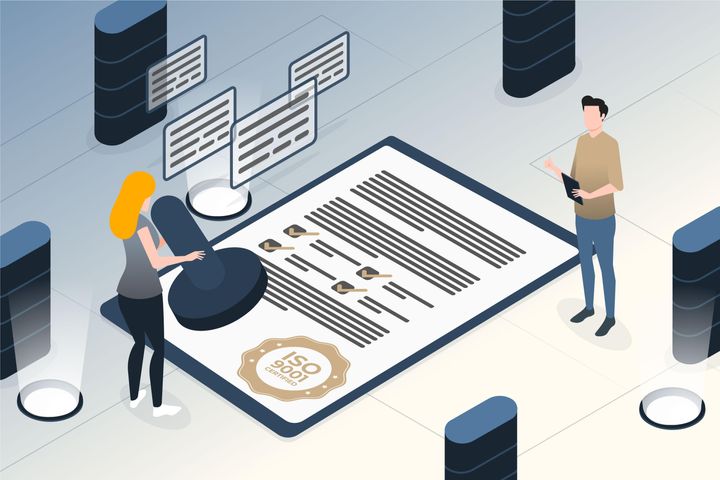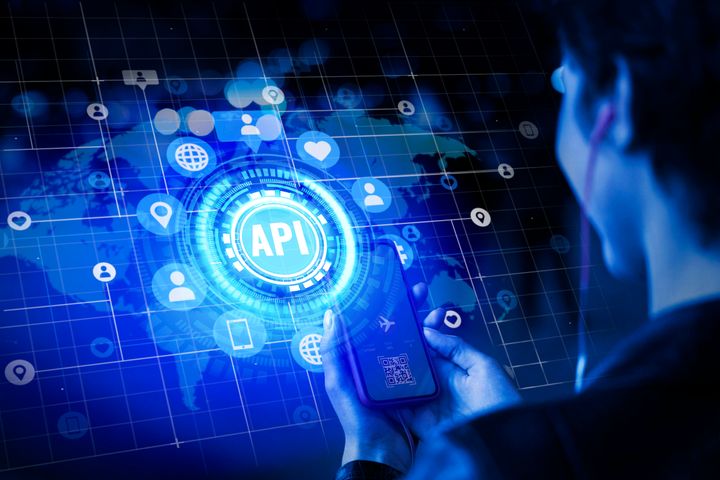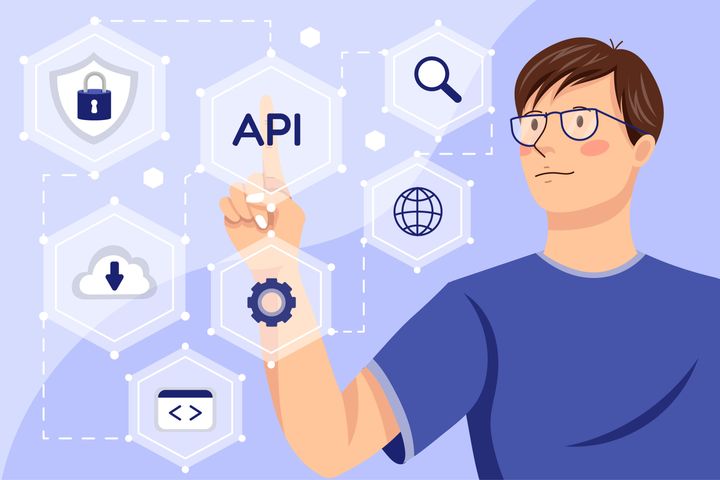The Future of APIs: Trends and Innovations to Watch Out For
Uncover the exciting path ahead for APIs as we delve into the trends and innovations that are shaping their future. From GraphQL and event-driven architectures to hyperautomation and low-code/no-code platforms, this comprehensive blog post explores the possibilities waiting to be unlocked.
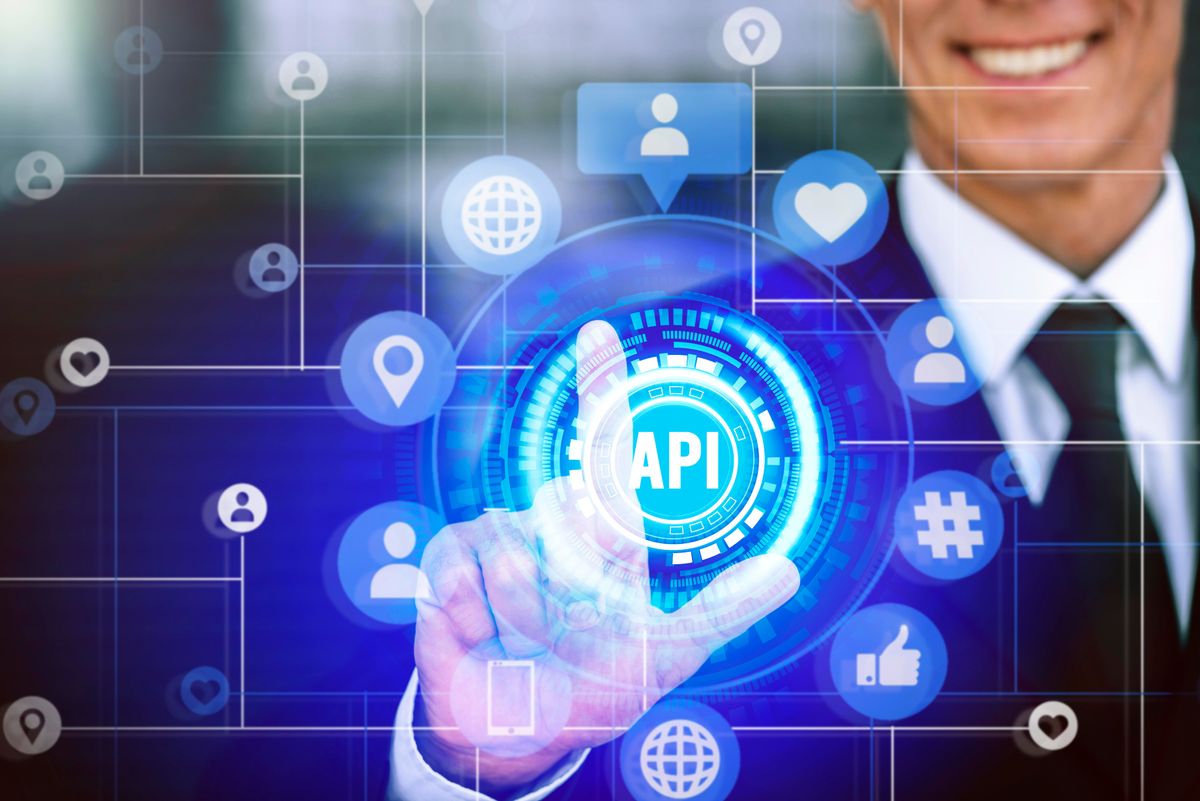
Exploring the Exciting Path Ahead for APIs
As technology continues to advance at a rapid pace, the future of APIs holds immense potential and promises exciting possibilities. APIs have become the backbone of modern software development, enabling seamless integration and communication between different applications and systems. In this comprehensive blog post, we will dive deep into the trends and innovations that are shaping the future of APIs. From emerging technologies to evolving standards, we will explore the key developments that developers, tech leaders, and API enthusiasts should be aware of.
Get ready to embark on a journey of discovery as we unravel the future of APIs!
1. The Rise of GraphQL and Its Impact on APIs
GraphQL, the query language for APIs, has gained significant popularity in recent years. Its ability to provide flexible and efficient data fetching has revolutionized the way developers interact with APIs. In this section, we will explore the advantages of GraphQL, its use cases, and how it is shaping the future of API development.
GraphQL empowers developers with precise data retrieval and eliminates over-fetching or under-fetching of data.
With its declarative approach, GraphQL simplifies API development and enhances productivity.
Key points to consider:
- Improved front-end efficiency with reduced round trips.
- Effortless versioning and backward compatibility.
- Efficient collaboration between frontend and backend teams.
GraphQL Subscriptions: Real-time Communication
One of the most exciting aspects of GraphQL is its support for real-time communication through GraphQL subscriptions. This enables developers to build applications with instant data updates and bi-directional communication between clients and servers. In this sub-section, we will delve into the power of GraphQL subscriptions and their impact on real-time applications.
2. Event-Driven Architectures and APIs
Event-driven architectures are gaining momentum as more organizations embrace the power of asynchronous, decoupled systems. APIs play a crucial role in enabling event-driven communication between services and applications. In this section, we will explore the benefits of event-driven architectures, their impact on API design, and how they contribute to scalability and resilience.
Event-driven architectures enable loosely coupled systems, promoting scalability, flexibility, and fault tolerance.
APIs act as the glue that connects different services and enables seamless event-driven communication.
Key points to consider:
- Enhanced scalability and fault tolerance.
- Improved responsiveness and real-time updates.
- Loose coupling of services for independent development and deployment.
Asynchronous APIs: Enabling Scalable Systems
Asynchronous APIs are a fundamental component of event-driven architectures. They allow non-blocking communication, enabling systems to handle a high volume of concurrent requests efficiently. In this sub-section, we will discuss the role of asynchronous APIs in building scalable systems and explore best practices for their implementation.
3. Hyperautomation and API Integration
Hyperautomation, the combination of advanced technologies like AI, machine learning, and robotic process automation (RPA), is set to transform industries and business processes. APIs play a crucial role in integrating diverse systems and technologies within a hyperautomated ecosystem. In this section, we will explore how APIs enable seamless integration and orchestration of various automation technologies, paving the way for intelligent and efficient processes.
APIs act as the connective tissue, enabling systems to communicate and interact within a hyperautomated environment.
The integration of APIs with AI and RPA technologies drives intelligent automation and process optimization.
Key points to consider:
- Seamless integration of AI, ML, and RPA technologies.
- Efficient orchestration of automated processes.
- Data-driven decision-making through integrated systems.
API-First Approach: Enabling Intelligent Automation
Adopting an API-first approach is essential for harnessing the power of hyperautomation. In this sub-section, we will delve into the benefits of an API-first strategy, its impact on intelligent automation, and how organizations can embrace this approach to drive innovation and efficiency.
4. The Emergence of Low-Code/No-Code Platforms and APIs
Low-code and no-code platforms are empowering citizen developers and accelerating application development. APIs act as the building blocks that enable these platforms to connect with external services and systems. In this section, we will explore the symbiotic relationship between low-code/no-code platforms and APIs, and how they are revolutionizing the speed and ease of application development.
APIs democratize application development by enabling citizen developers to leverage external services and capabilities.
Low-code/no-code platforms, coupled with APIs, empower organizations to innovate rapidly and bridge the developer skills gap.
Key points to consider:
- Accelerated application development and deployment.
- Increased collaboration between business and IT stakeholders.
- Simplified integration with external services and systems.
The API Marketplace: Empowering Citizen Developers
API marketplaces play a crucial role in the low-code/no-code ecosystem by providing a wide range of pre-built connectors and integrations. In this sub-section, we will explore the impact of API marketplaces on application development, the benefits they offer, and how organizations can leverage them to accelerate innovation.
In conclusion, the future of APIs is brimming with possibilities. From GraphQL revolutionizing data fetching to event-driven architectures enabling scalable systems, APIs are at the forefront of technological advancements. The integration of APIs with emerging technologies like AI, ML, and RPA is driving hyperautomation and transforming industries. Additionally, low-code/no-code platforms are democratizing application development, thanks to the power of APIs. As we move forward, it's crucial for developers and tech leaders to stay informed about these trends and innovations to harness the full potential of APIs and drive innovation in their organizations.
Frequently Asked Questions (FAQs)
Q. : What are some challenges in adopting GraphQL?
A. : One challenge is the learning curve associated with GraphQL's unique syntax. Additionally, migrating existing REST APIs to GraphQL may require effort and careful planning. However, the benefits of GraphQL often outweigh these challenges.
Q. : How do event-driven architectures impact API scalability?
A. : Event-driven architectures decouple services, allowing them to scale independently. APIs facilitate the communication between services and enable seamless scalability.
Q. : Can low-code/no-code platforms replace traditional development?
A. : While low-code/no-code platforms offer rapid development capabilities, they may not suit all use cases. Traditional development still plays a crucial role in building complex and highly customized applications.
Q. : How can organizations leverage APIs in the hyperautomation era?
A. : Organizations can utilize APIs to integrate AI, ML, and RPA technologies, enabling intelligent automation and efficient processes. API-first strategies are essential for successful hyperautomation adoption.
Q. : Are there any security concerns with the widespread use of APIs?
A. : API security is crucial, and organizations must implement robust authentication, authorization, and encryption measures. Regular security audits and monitoring are essential to ensure data protection.
Note: Stay up-to-date with the evolving API landscape to leverage the latest trends and innovations for your applications.
